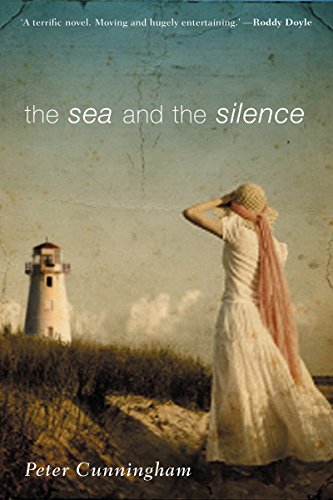The Sea and the Silence
“What I was caught up in, I dimly understood, was the embodiment of history.”
Ismay Seston’s world is changing. World War II rages in Europe and, even though Ireland remains neutral, there is no neutrality for the Anglo-Irish who exist between two cultures, despised by both. But Ismay has the optimism of youth and beauty, ready to choose love over family, heritage and politics. However, history, like the sea, does not discriminate in its tendency to crush, saturate, and drown. Ismay finds that silence is her only weapon against history, but silence too has a price.
This is a beautifully written novel both in its reflectiveness and its imagery. It has the British languor and angst of Ian McEwan’s Atonement and the Irish passion and dysfunction of John McGahern’s Amongst Women. Cunningham’s sympathetic portrayal of the Anglo-Irish during their decline is skillfully done, not glossing over their poor treatment of the Irish or their desire to be considered English, but showing how they were pawns in a greater drama, much as Ismay becomes in her own family.
Some readers might be thrown off by the structure of the novel. The first half describes Ismay’s troubled marriage to Ronnie and the raising of their only child, a boy named Hector. The second half recounts the events in Ismay’s life that have led to her living in a lighthouse in a rural part of Ireland. While both parts are told in first person, it is the second part which reveals Ismay on an intimate level. I enjoyed this non-linear style of storytelling as it made Ismay’s motives unclear, a mystery that is understood only by reading part two.










